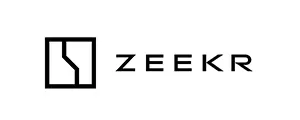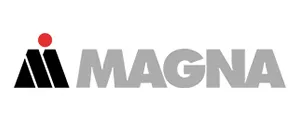The mold temperature controller (constant temperature system) is a precision temperature regulation device designed specifically for die casting production. Its core function is to dynamically monitor and adjust the mold’s operating temperature, ensuring that during the entire die casting process, the mold remains within the preset constant temperature range (usually set according to alloy material and casting structure, such as 150–300°C for aluminum die casting molds). This helps stabilize casting quality, improve production efficiency, and extend mold service life.
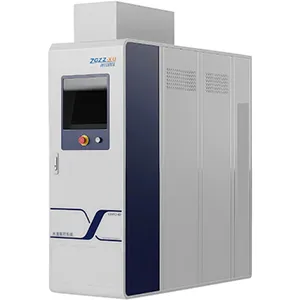
The CTM central mold temperature controller is a large high-temperature water circuit centralized control station.
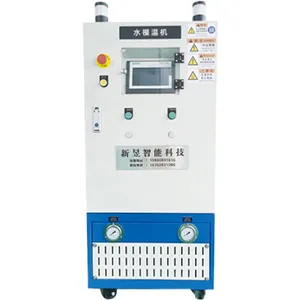
The water based mold temperature controller uses water as the heat transfer medium. Through heating, cooling, and circulation control, it precisely regulates the temperature of molds or other controlled equipment.
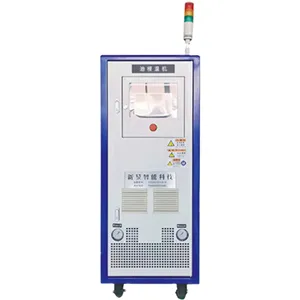
The oil based mold temperature controller uses heat transfer oil (such as mineral oil or synthetic oil) as the heat transfer medium.

At a large die-casting factory, ten traditional water temperature units occupying 20㎡ were replaced with a single CTM central mold temperature controller requiring only 8㎡. Its advanced algorithms reduced mold temperature deviation to within ±2%, compared with the ±5% deviation of conventional systems. This resulted in significantly higher temperature precision, improved die casting quality, and fewer defects caused by temperature fluctuations. After adopting the CTM, the die-casting factory reduced energy consumption by 30%, cutting operating costs while supporting green production and sustainable growth.
Install temperature warning devices that trigger alarms if limits are exceeded, and prepare backup cooling or heating systems for immediate adjustment.
Select the cooling medium according to mold temperature requirements and operating environment (e.g., water or heat-transfer oil). Apply filtration and purification. For water, use rust inhibitors to prevent corrosion.
Use high-precision sensors and fast controllers, optimize control algorithms (such as PID), and fine-tune system parameters.
Conduct regular inspections, replace worn parts promptly, and follow a maintenance plan covering cleaning, lubrication, and calibration.
